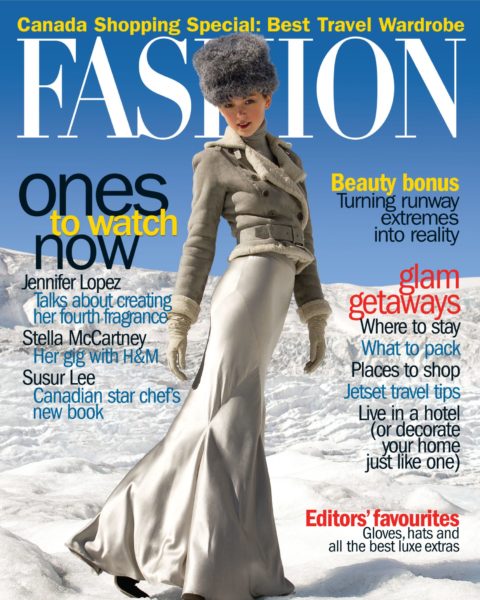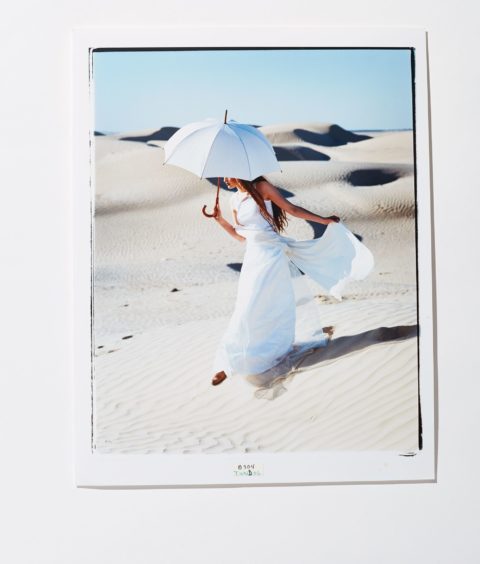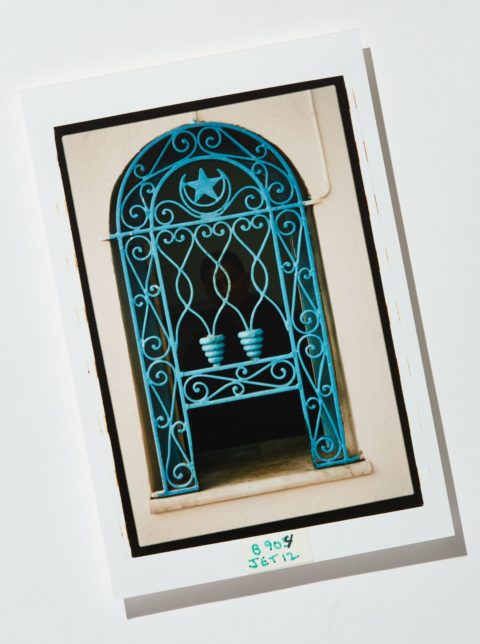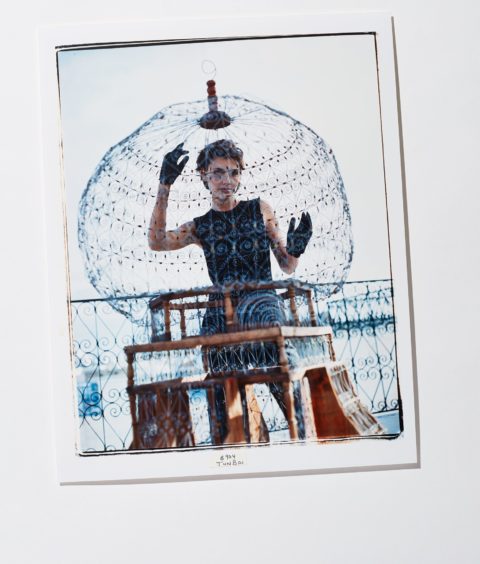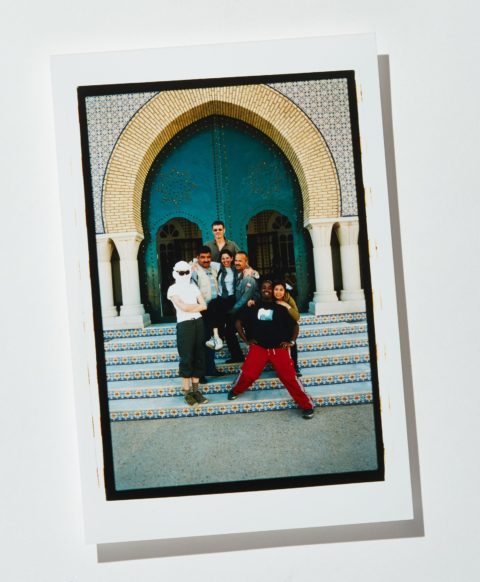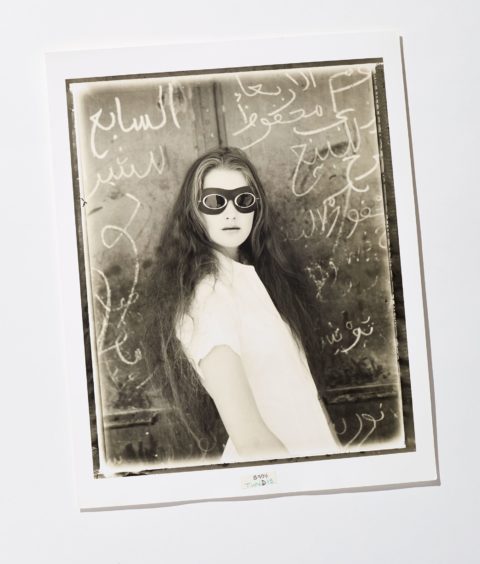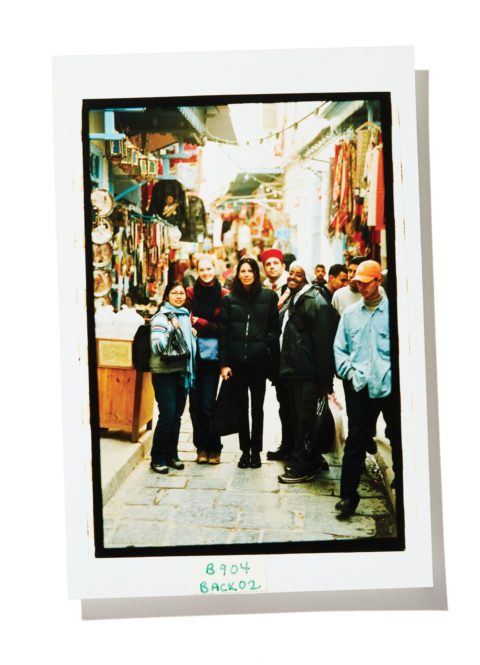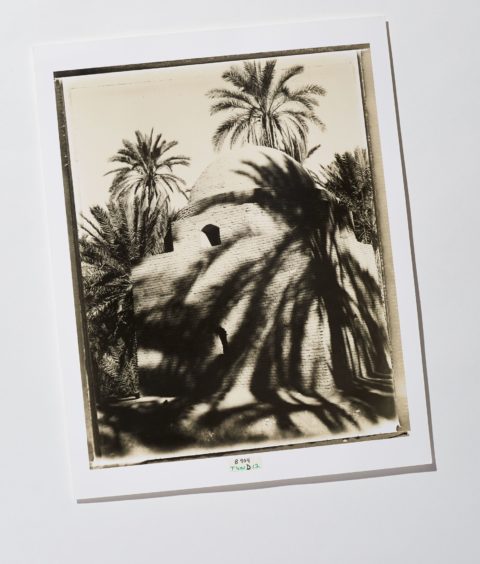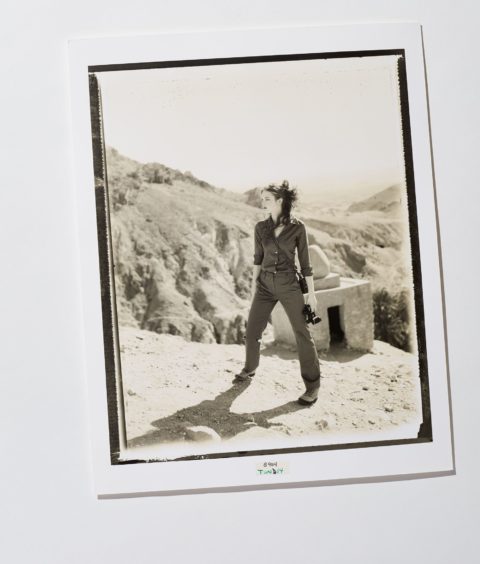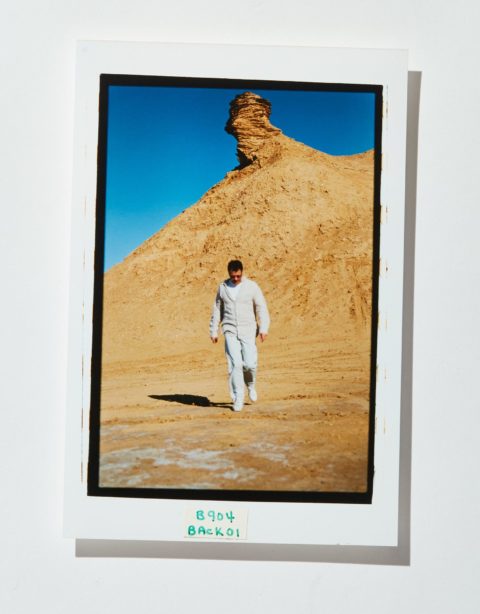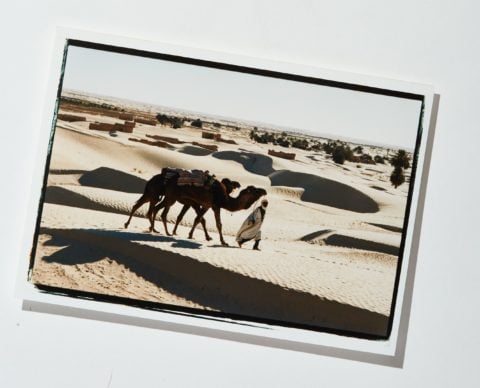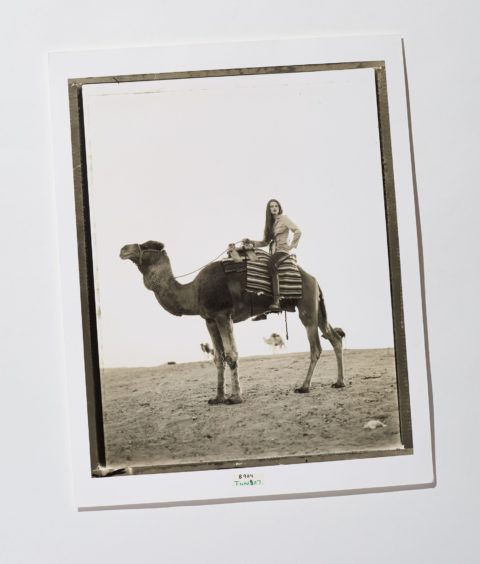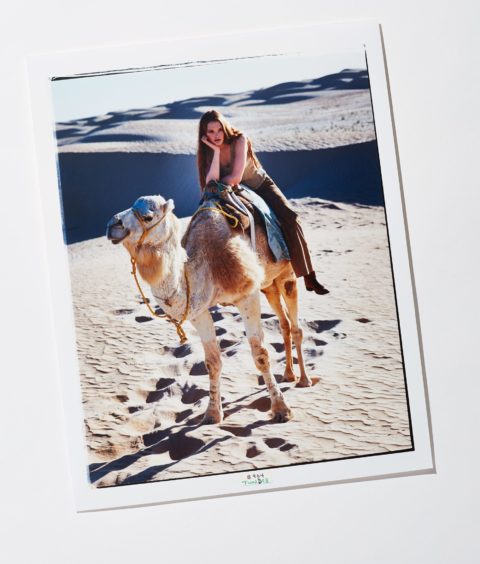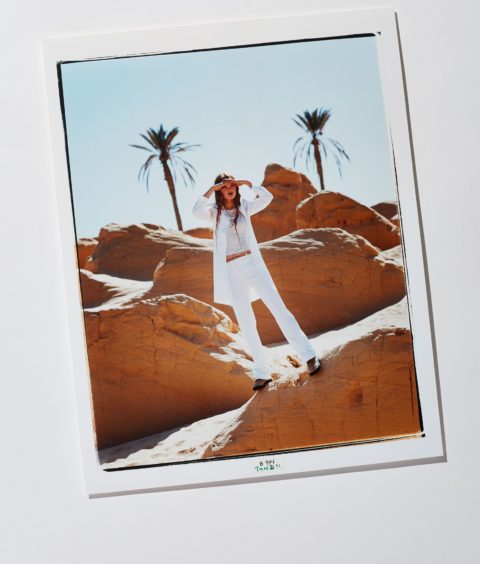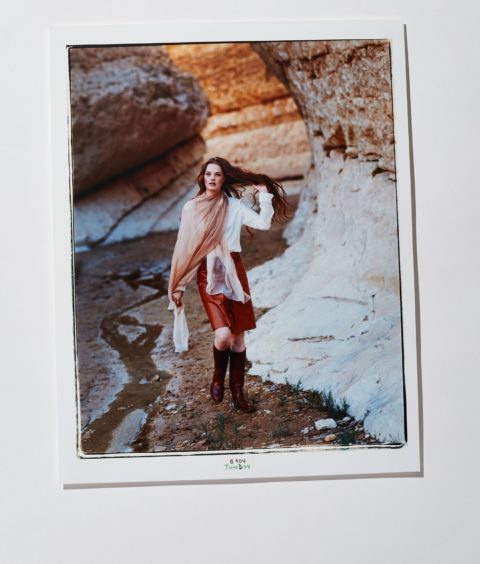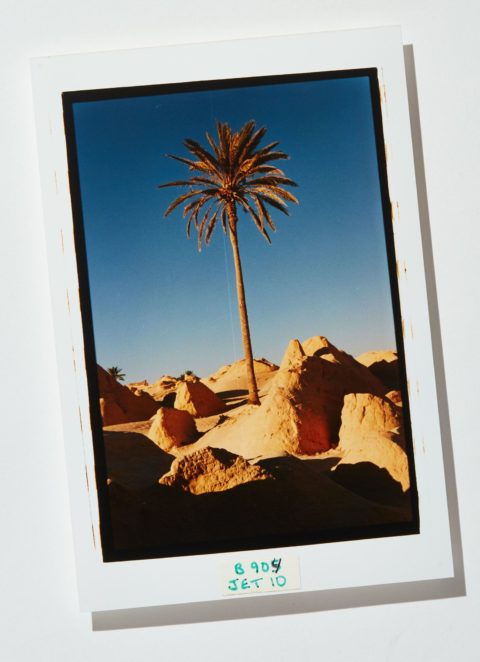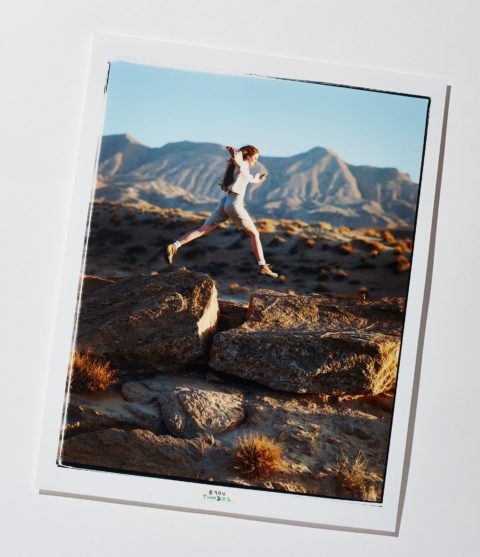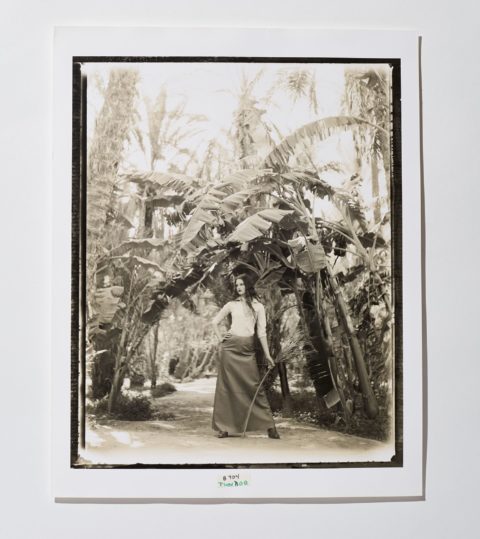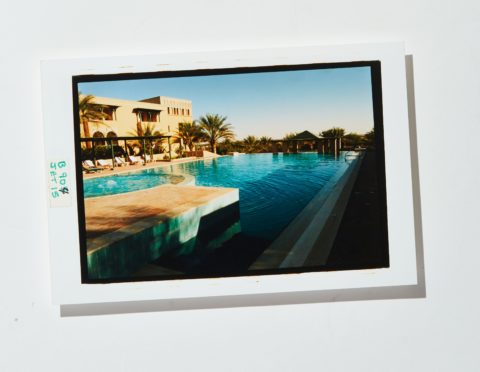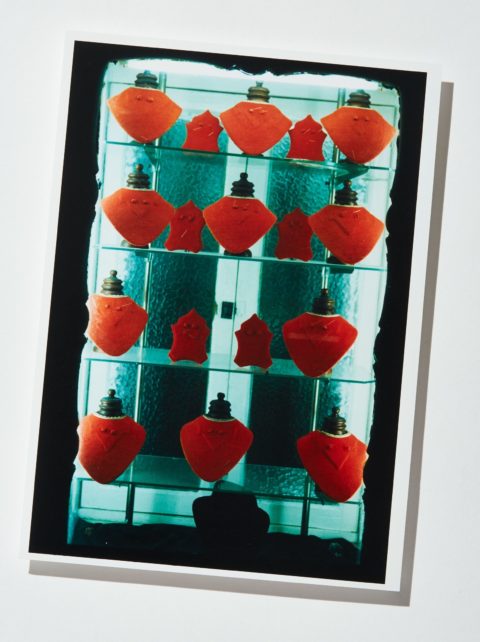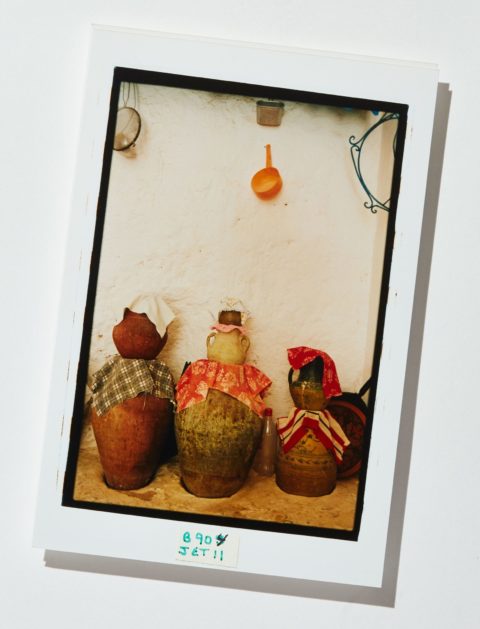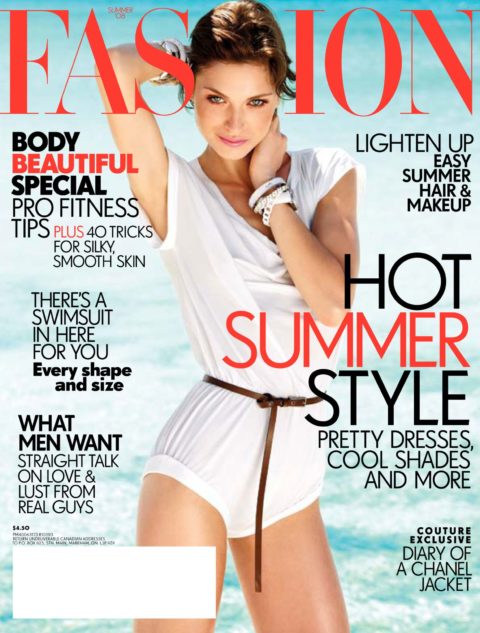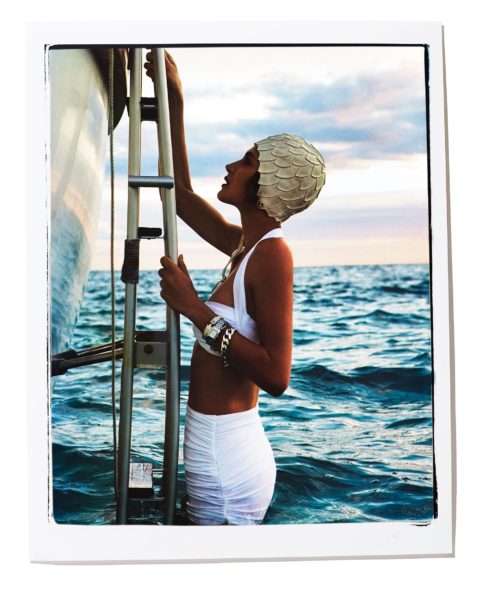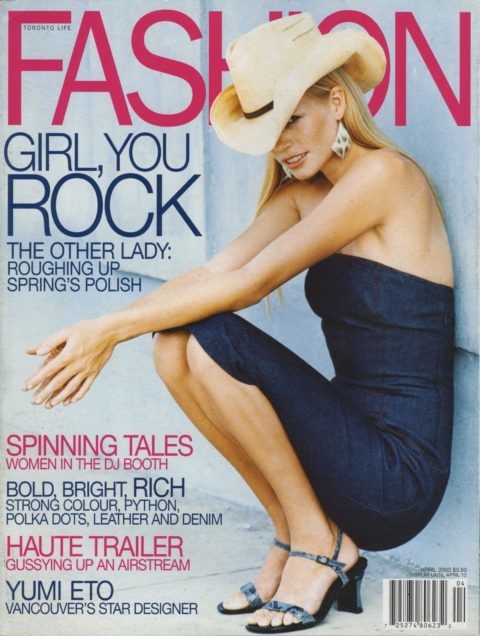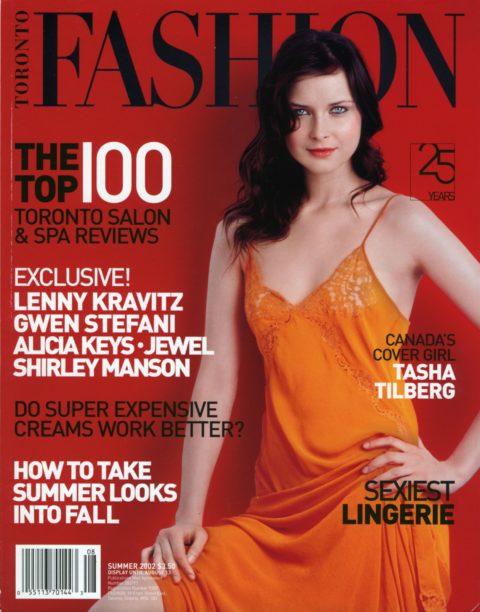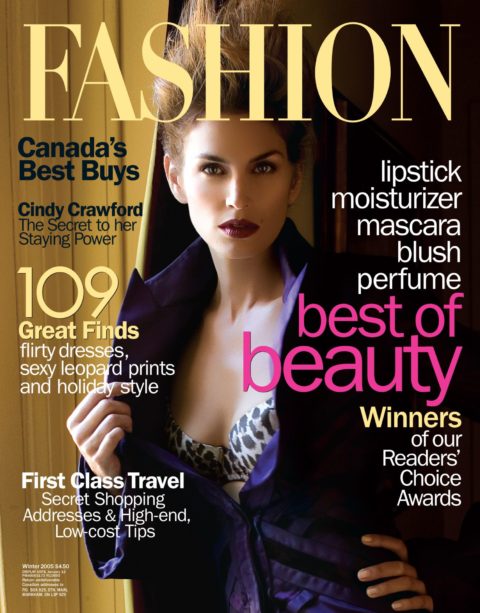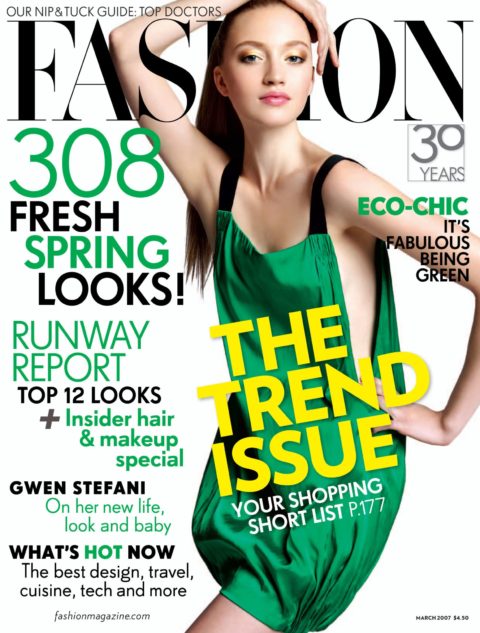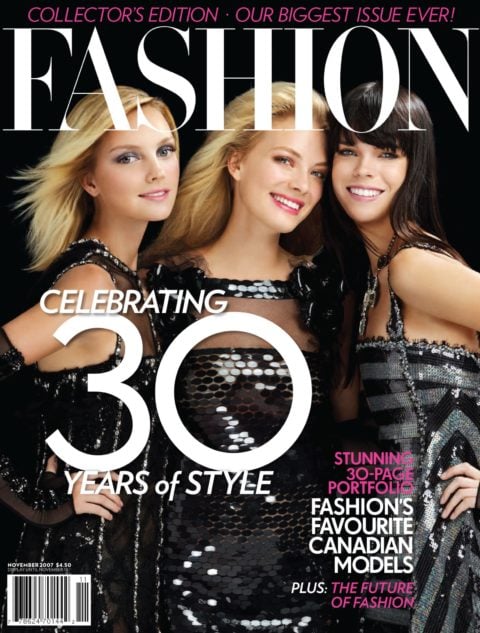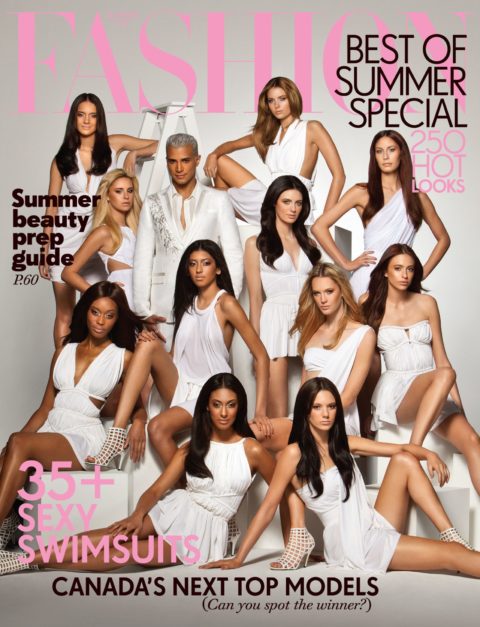Agnieszka Wichniewicz on the cover of our November 2005 issue.
Photography by Gabor Jurina.
’00s at FASHION: How Globalization Changed Fashion
The birth of online shopping, bloggers and Netflix. The '00s were the future. Or at least they felt like it.
By
Lindsay Cooper
Date October 2, 2017
If the ’90s were a transitionary time for fashion, the new millennium marked the beginning of a new era for fashion and FASHION. The ’00s saw the launch of our little sister magazine FASHION18, a quarterly instalment of all things Canadian teen and tween. Once a city magazine, Toronto Life Fashion, became FASHION, a nationally circulated authority on beauty, fashion and culture. Everyone was developing a digital presence and you could now follow all your favourite magazines on Facebook and Twitter (hint, hint). This globalization thing seemed pretty sweet.
“My first issue was September 2000: the relaunch issue. We didn’t realize we were standing on the edge of a digital divide,” remembers Leanne Delap, FASHION’s editor-in-chief from 1999-2003. “We were locked in a newsstand war; it was the last gasp of that old school pulp-and-paper race. It feels like another era looking back now.”
“It’s so funny; there’s no question that the [digital evolution] has been happening for the last 15-20 years, but it really was a question mark then,” agrees Ceri Marsh, who helped to define FASHION’s direction during the ’00s through her tenure as editor-in-chief from 2003 until 2009. “‘How many resources should we put towards this?’ ‘Why should editors have to learn to do this?’ There was really a lot of resistance.”
Okay, so maybe this global marketplace concept wasn’t all easy, but the ’00s did have their sweet moments. The digital revolution gave users previously unimaginable access to new products and ideas. People who’d never read publications like FASHION or heard about internationally acclaimed brands could immediately see the designs on the runways of Paris and Milan. We could also read reviews for beauty products on blogs and online shopping was beginning to be rolled out by major retailers. Netflix would ship DVDs straight to your house with no due dates or late fees (remember, this is the ’00s; streaming services wouldn’t be launched until late in the decade.) It was the future. Or, at least it felt like it.
It was the era that also popularized the 24-hour news cycle. If something was going on in the world, you knew about. The access encouraged people to think critically.
“My focus was on getting strong women’s voices into the magazine. Certainly, looking back that’s what I’m proudest of,” says Delap. “After that first year we had a bunch of magazine award nominations and we had all these great voices: Lynn Crosbie, Karen von Hahn and Liz Renzetti. Fashion has become a way to talk about diversity, feminism, women’s issues and broader social issues. That was just starting to turn the corner during my tenure at FASHION.”
While the magazine used its platform to bring the more serious side of the world to its readers, FASHION also took full advantage of globalism to report on all the international beauty, fashion and culture news. “I was internationally-minded. I wanted everything in the magazine to come from the runways,” says Marsh, who also facilitated amazing location photoshoots during her tenure.
“The location shoot was a key goal. We wanted to do as many location shoots as we possibly could,” adds Catherine Franklin, FASHION’s fashion director from 1987 until 2001. “We would do shoots in studio but we always tried to capture an image that was more than a girl standing in front of a wall. We wanted the magic of light or wind or sort of an unusual moment that happened when you’re not in a protected environment. So, we worked really hard to go on trips.”
“We used to call ourselves ‘Small Time Productions’ because people were hardly making any money but everybody wanted to come on these trips and do a beautiful job and create something interesting.”
One of Franklin’s favourite was a trip to Tunisia for the Summer 2001 issue. The editorial captured the clothes, hair and makeup artistry, but it also reflected the spirit of the location.
FASHION on Location During the ’00s
Photographed on location in Tunisia for our Summer 2001 spread “Oasis.”
“One of our most fabulous location shoots was in Tunisia,” says Catherine Franklin, who was fashion director from 1987 to 2001. “We went into the Sahara Desert, and it was so beautiful—people were riding camels. My favourite shot is of the girl with the umbrella”
FASHION on Location During the ’00s
Photographed on location in Tunisia for our Summer 2001 spread “Oasis.”
FASHION on Location During the ’00s
Photographed on location in Tunisia for our Summer 2001 spread “Oasis.”
FASHION on Location During the ’00s
Photographed on location in Tunisia for our Summer 2001 spread “Oasis.”
FASHION on Location During the ’00s
Photographed on location in Tunisia for our Summer 2001 spread “Oasis.”
FASHION on Location During the ’00s
Photographed on location in Tunisia for our Summer 2001 spread “Oasis.”
FASHION on Location During the ’00s
Photographed on location in Tunisia for our Summer 2001 spread “Oasis.”
FASHION on Location During the ’00s
Photographed on location in Tunisia for our Summer 2001 spread “Oasis.”
FASHION on Location During the ’00s
Photographed on location in Tunisia for our Summer 2001 spread “Oasis.”
FASHION on Location During the ’00s
Photographed on location in Tunisia for our Summer 2001 spread “Oasis.”
FASHION on Location During the ’00s
Photographed on location in Tunisia for our Summer 2001 spread “Oasis.”
FASHION on Location During the ’00s
Photographed on location in Tunisia for our Summer 2001 spread “Oasis.”
FASHION on Location During the ’00s
Photographed on location in Tunisia for our Summer 2001 spread “Oasis.”
FASHION on Location During the ’00s
Photographed on location in Tunisia for our Summer 2001 spread “Oasis.”
FASHION on Location During the ’00s
Photographed on location in Tunisia for our Summer 2001 spread “Oasis.”
FASHION on Location During the ’00s
Photographed on location in Tunisia for our Summer 2001 spread “Oasis.”
FASHION on Location During the ’00s
Photographed on location in Tunisia for our Summer 2001 spread “Oasis.”
FASHION on Location During the ’00s
Photographed on location in Tunisia for our Summer 2001 spread “Oasis.”
FASHION on Location During the ’00s
Photographed on location in Tunisia for our Summer 2001 spread “Oasis.”
FASHION on Location During the ’00s
Photographed on location in Tunisia for our Summer 2001 spread “Oasis.”
FASHION on Location During the ’00s
Photographed on location in Tunisia for our Summer 2001 spread “Oasis.”
FASHION on Location During the ’00s
Photographed on location in Tunisia for our Summer 2001 spread “Oasis.”
FASHION on Location During the ’00s
Photographed on location in Tunisia for our Summer 2001 spread “Oasis.”
FASHION on Location During the ’00s
Photographed on location in Tunisia for our Summer 2001 spread “Oasis.”
FASHION on Location During the ’00s
Photographed on location in Tunisia for our Summer 2001 spread “Oasis.”
“Once you started to be able to show people the quality of our work, it became easier to get locations. One of the most fabulous ones was this one in Tunisia,” says Franklin. “We had guides who took us into the Medina, the dark shops. We were totally welcomed everywhere we went. We had a wonderful time, people were so friendly.”
As of our 40th anniversary FASHION has shot in Whistler, Japan, New York (many times), Turkey, Los Angeles (many times), Mexico, Italy and the Bahamas.
FASHION Summer 2008
Marie Eve Nadeau photographed on location in the Bahamas for the cover of our Summer 2008 issue.
“One shoot that stands out in particular—if there was an all time favourite—would have to be a shoot called Swept Away in 2008,” says Susie Sheffman of the photoshoot this cover is drawn from. “It encapsulated everything that I had set out to do. It’s a shoot that defined my era at the magazine, if you will. It really stood the test of time. In fact, I was using those tear sheets just yesterday in a meeting in Florida. The images still resonate.”
FASHION Summer 2008
Marie Eve Nadeau photographed on location in the Bahamas for our Summer 2008 spread “Swept Away.”
“The shot of Marie Eve [Nadeau] climbing the ladder is a beautiful, serene moment, but it was bedlam on the set,” says Sheffman. “My assistant and Gabor’s assistant were throwing up over the side of the boat.” Jurina remembers they didn’t have the budget to rent a boat. “We made friends with some Austrians who had sailed from Spain to the Bahamas,” he says. “They let us use their boat, and we were able to get this shot just as the sun went down. One of my favourite shots I’ve ever done.”
Hair and makeup artist Greg Wencel has different feelings about this trip: “One time we were in the Bahamas and some of the crew swam out to this little island. I had a bad feeling so I just watched them swim out. They were starting to swim back and they were snorkelling and there was a shark in the water.”
And this global view continues to define FASHION during the ’00s for readers and creators alike. “One of my favourites is Marie Eve climbing onto the boat at sunset,” says photographer Gabor Jurna. “It was one of the most memorable photos I’ve ever taken.”
Relive the ’00s at FASHION with our favourite covers of the decade:
FASHION April 2000
Jenny Kopp on the cover of our April 2000 issue.
FASHION Summer 2002
Tasha Tilberg on the cover of our Summer 2002 issue.
FASHION June 2003
Jennifer Garner on the cover of our June 2003 issue.
FASHION Summer 2003
Beyoncé on the cover of our Summer 2003 issue.
FASHION March 2005
Liya Kebede on the cover of our March 2005 issue.
FASHION 18 Summer 2005
Amber Tamblyn and Alexis Bledel on the cover of FASHION 18 Summer 2005 issue.
FASHION Winter 2005
Cindy Crawford on the cover of our Winter 2005 issue.
FASHION March 2007
Maria Dvirnik on the cover of our March 2007 issue.
FASHION November 2007
Heather Marks, Julia Dunstall and Meghan Collision on the cover of our November 2007 issue.
FASHION May 2008
Linda Evangelista on the cover of our May 2008 issue.
FASHION Summer 2009
Jay Manuel and girls of Canada’s Next Top Model on the cover of our Summer 2009 issue.
More Style
By
Jillian Vieira
Date April 24, 2024
By
Katherine Singh
Date April 24, 2024
By
Heather Taylor-Singh
Date April 24, 2024

